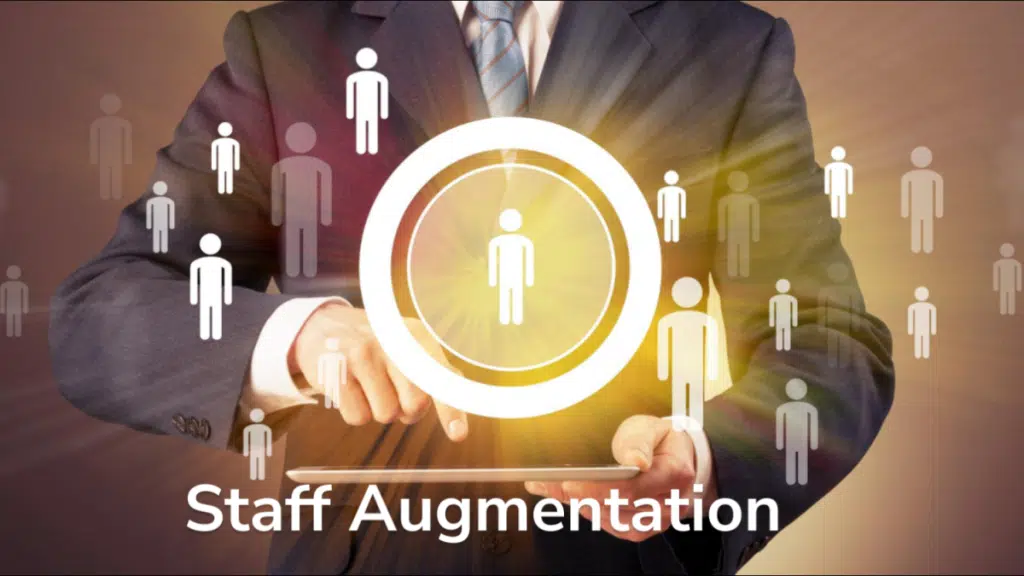In today’s dynamic business environment, staff augmentation offers more than an immediate resource boost. It provides a sustainable path to build long-term relationships that foster trust, improve delivery quality, and continually enhance team capabilities. With One Technology Services, our objective is to guide companies toward durable, productive partnerships that go beyond one-off engagements. In this post, we explain how to design and nurture staff augmentation relationships that are mutually beneficial, scalable, and alignment-driven.
What Is Staff Augmentation, and Why Long-Term Matters
Staff augmentation allows organizations to temporarily expand their workforce by adding external talent to existing teams. When done right, it offers flexibility and access to specialized skills. But the real value lies in the long-term dimension.
- Reduced onboarding cost over time. Familiarity with your systems minimizes ramp-up periods.
- Institutional knowledge retention. Augmented staff develop context and processes that improve project outcomes.
- Scalable delivery. Predictable access to trusted resources helps teams scale quickly and efficiently.
- Improved strategic alignment. Staff become invested in your vision, not just project tasks.
One Technology Services helps organizations shift from short-term plug-and-play models to sustained, strategic augmentation that results in greater team cohesion, better product quality, and operational efficiency.
The Pillars of Long-Term Staff Augmentation
1. Choose for Cultural and Technical Fit
Start by selecting contractors who:
- Align with your company values and communication norms
- Understand your technical environment or are fast learners
- Demonstrate flexibility and adaptability to long-term goals
One Technology Services supports you in matching talent based not only on skills but also on soft competencies important for enduring collaboration.
2. Define Clear Roles and Advancement Roadmaps
From day one, give augmented staff a roadmap.
- Define responsibilities beyond individual tasks
- Offer opportunities for upskilling, mentorship, or cross-functional exposure
- Consider multi-phase engagements including support, extension development, or architecture review
This clarity helps contracted staff see a pathway for growth, ensuring better motivation and retention.
3. Integrate Augmented Staff into Your Culture
To build strong relationships, ensure that augmented staff:
- Join team meetings and ritual cadences (such as standups and retrospectives)
- Get access to internal documentation, tools, and communications
- Can participate in company events and informal meetups
When they feel included, staff contribute deeper insights and are more proactive, resulting in better outcomes.
4. Regular Feedback and Career Alignment
A thriving long-term partnership relies on two-way feedback.
- Schedule regular check-ins to discuss blockers, growth, and satisfaction
- Facilitate peer feedback from internal stakeholders
- Encourage employees to share concerns before they escalate
One Technology Services offers framework support for structured performance discussions, helping keep relationships positive and productive.
5. Measure Success with Shared KPIs
Track progress using shared metrics such as:
- Delivery velocity and sprint completion rates
- Code quality, test coverage, and defect rates
- Team satisfaction, retention timeline, and contribution maturity
Assign joint ownership of these metrics to both internal and augmented staff to foster responsibility and transparency.
Common Pitfalls to Avoid
Ambiguous Expectations
Blurry goals lead to poor engagement. Mitigate this by setting clear KPIs, timelines, and responsibilities.
Isolation of Augmented Staff
When external talent is siloed, communication suffers. Fully integrate them into your team’s workflows.
No Path Beyond Contract
Without growth opportunities, staff may lose interest. Define possible extensions or transitioning roles.
Lack of Strategic Oversight
Issue-based augmentation can become ad-hoc. One Technology Services helps align service delivery to your roadmap and future needs.
Success Story: A Strategic Multi-Phase Engagement
A mid-sized SaaS provider needed to migrate its monolithic application to microservices. They engaged augmented developers who:
- Learned system architecture and domain boundaries
- Worked with internal teams to refactor key modules
- Became trusted contributors, assisting in architecture decisions
- Remained engaged beyond migration to support feature implementations
This long-term integration avoided freelancers’ churn and saved the company 25 percent in expected re-onboarding costs.
Best Practices for Staff Augmentation That Lasts
- Contract with renewal windows. Review performance before proceeding to the next engagement
- Encourage cross-training. Cross-pollinate domain knowledge across teams
- Plan for role transitions. Internalize knowledge before ending external engagement
- Use mentorship models. Pair augmented staff with internal team members
- Share technical debt discussions. Enable contractors to propose optimizations
Why One Technology Services Delivers for Long-Term Augmentation
Our dedication to long-term relationships is rooted in:
- Careful talent selection aligned with your company’s culture
- Tailored onboarding and progressive integration
- Objective-based performance tracking and frequent reviews
- Exit and transition planning to retain institutional knowledge
When clients partner with One Technology Services, they receive more than talent. They benefit from professionals committed to growing with them.
Looking to transform staff augmentation from a short-term fix into a lasting competitive advantage?
Contact One Technology Services today at +1 (469) 359 7555 to discuss how we help build and support long-term augmentation teams tailored to your needs.
Read More:
Scaling Your Tech Team in 2025: Staff Augmentation Trends for Small Businesses
8 Tips to Evaluate Staff Augmentation Vendors Before You Sign
IT Staff Augmentation vs. Consulting: What’s the Difference?

